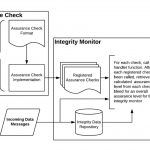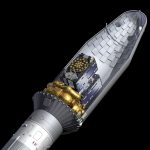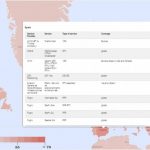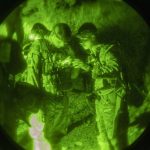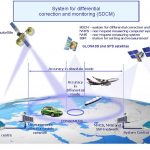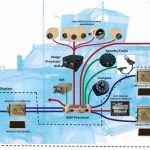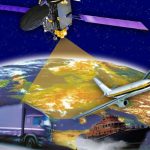NextNav and Satelles Establish Alternative PNT Testbed in the SF Bay Area
NextNav and Satelles, Inc. have partnered on an alternative positioning, navigation, and timing (PNT) testbed in the San Francisco Bay Area. Designed and managed by NextNav with a timing source from Satelles, the testbed creates scenarios and conditions to rigorously test the precision and resilience of alternative PNT solutions
By Inside GNSS

